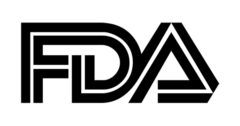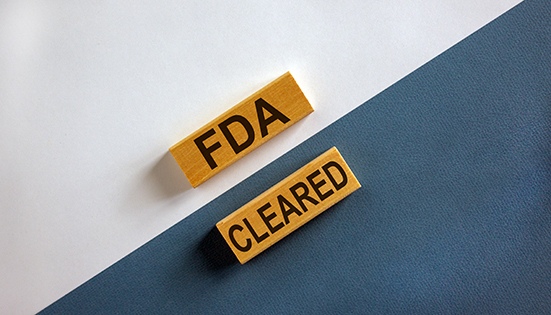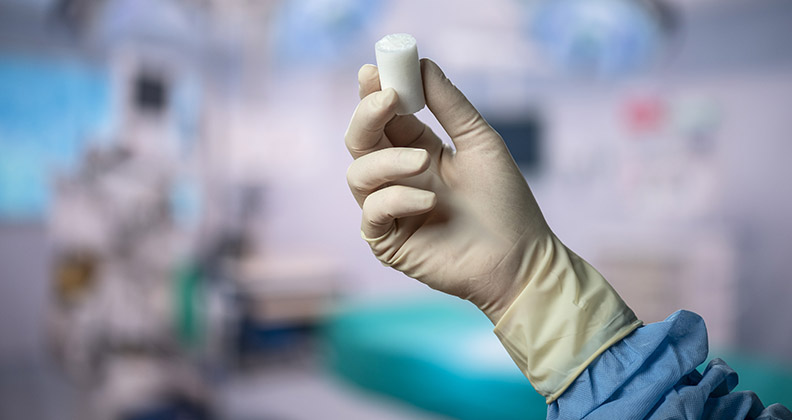
Involvement with numerous FDA inspections over the years has given me, I think, a unique perspective on design control trends—specifically, major design issues discovered during FDA inspections. FDA investigators will evaluate a company’s process, methods and procedures established to implement the requirements for design controls.
Here are eight major design issues that I’ve observed over the years.
No. 1. Manufacturers treat design as a separate entity within the Quality Management System (QMS).
Design controls are a major piece of a total quality system that covers the life of a device, i.e. from the development of device requirements (user needs becoming measurable design inputs) through design, production, distribution, use (intended or otherwise), maintenance and eventually, obsolescence. Many companies still treat design as a one-time occurrence during the life of a medical device. That is a major blunder and can be strategically damaging when it comes to tactical decision making, generating the proper objective evidence and when dealing with design changes both near and far-term. It is not only an integral part of the QMS, but it also links with just about every facet of 21 CFR, Part 820. For example, defending acceptance criteria use during the manufacturing phase(s) must include where this criteria and ensuing inspection and testing originated.
No. 2. User needs are not design inputs.
Design control begins with the development and approval of design inputs, and includes the design of a device as well as the associated manufacturing processes. The term “requirement’” is meant in the broadest sense to encompass any internally- or externally-imposed requirements such as safety, customer-related and regulatory requirements. All of these requirements must be considered as design inputs. How these requirements are handled and dealt with is up to the manufacturer. Design inputs are measurable, whereas user needs are commonly aligned with intended use and indications for use. Taking “fluffy” user needs and turning them into measurable inputs is key to the successful design verification steps that must be realized prior to initializing design validation. Not knowing this distinction during the development process and then the inspection could render your data confusing and lacking in a solid engineering and quality systems foundation.
No. 3. Design control does not end with the transfer of a design to production.
Design control applies to all changes to the device or manufacturing process design, including those occurring long after a device has been introduced to the market. Everything having to do with manufacturing product and enabling process management comes from design controls, e.g. when changing a production process or even the device itself, there must be a conscious, documented effort to make this change in a design phase (or not). Making these changes in manufacturing without at least considering re-design can be a compliance issue. This includes evolutionary changes, such as performance enhancements, as well as revolutionary changes, such as corrective actions resulting from the analysis of failed product. The changes are part of a continuous, ongoing effort to design and develop a device that meets the needs of the user and/or patient. Thus, the design control process is commonly revisited many times during the life of a product. During inspections, FDA will commonly look at change control logs or changes to labelling, and then trace the change back to design (or, they are not able to trace it). At least risk-based consideration should be given to all changes and, of course, every step of that decision making process should be documented and readily available.
No. 4. Design history file is the basis for the device master record.
For as long as the device is in commercialization (plus shelf life, of course), these “two brothers will walk down the road together,” each watching his side of the road. They don’t necessarily change “in chorus with each other” but, as with change control above, consideration must be given to each of these special documents to determine whether there will be an impact on either side of the “Design/Manufacturing Road” when a change does occur. Some companies do not have a trigger on their change form that asks the questions concerning re-design or re-validation or re-file (a regulatory submission, for example). Good FDA inspectors will, though; and that will most likely be a 483 if the inspector discovers that the design master record (DMR) has been revised and the design history file (DHF) has been given consideration or conversely. Also, remembering that the finished design output is the basis for the DMR helps when explaining that the DHF was revised, but the output wasn’t necessarily essential to the functionality of the device or to the manufacturing process, i.e. the DMR didn’t require an update.
No. 5. Design controls do not just address the product.
FDA disagrees with the comments that suggest that the design output should be restricted to physical characteristics of the device. Design output is more than just the device specifications. Design output includes, among other things, the specifications for the manufacturing process, the quality assurance testing and the device labeling and packaging. It is important to note that the design effort should not only control the design aspects of the device during the original development phase, but also all subsequent design and development activities including any redesign or design changes after the original design is transferred to production.
No. 6. Design reviews are not necessarily problem-solving sessions.
Design review participants are typically not responsible for establishing final solutions, although they may do so in many small operations. FDA makes it clear during inspections that although the design review participants need not propose solutions, they should ensure that solutions to any identified problems are adequate and implemented appropriately. Many participants during design reviews do not have the education, background and competencies to make final decisions concerning, for example, technical solutions moving forward, but in fact should scrutinize what has been done in terms of the “big picture.” Not having a sign-in sheet for design review sessions is one thing. Not having the appropriate individuals in attendance at subject-specified design reviews can cause much consternation during FDA inspections.
No. 7. Changes to the design plan are expected.
A design plan typically includes at least proposed quality practices, assessment methodology, recordkeeping and documentation requirements and resources, as well as a sequence of events related to a particular design or design category. These may be modified and refined as the design evolves. However, the design process can become a lengthy and costly process if the design activity is not properly defined and planned. The more specifically the activities are defined up front, the less need there will be for changes as the design evolves. On the other hand, if you make the design plan too specific without built-in flexibility, then you will have a hard time keeping on track and completing the plan on time. This is a fine line that companies have to straddle; during inspections, the design plan is challenged from beginning to end and credibility is established (or not) when the plan is not at least followed “in spirit.” Having too much flexibility accomplishes the same negative outcome.
No. 8. Design validation using productions units or their equivalents follows successful design verification.
Certain aspects of design validation can be accomplished during the design verification, but design verification is not a substitute for design validation. Not knowing the difference during an inspection can be a major deterrent to eventually establishing safety and efficacy. Also, design validation should be performed under defined operating conditions and on the initial production units, lots or batches or their equivalents to ensure proper overall design control and proper design transfer. When equivalent devices are used in the final design validation, the manufacturer must document in detail how the device was manufactured and how the manufacturing is similar to and possibly different from initial production. Where there are differences, the manufacturer must justify why design validation results are valid for the production units, lots or batches. Manufacturers should not use prototypes developed in the laboratory or machine shop as test units to meet these requirements. Prototypes may differ from the finished production devices. I find that during inspections it is discovered that the “equivalence justification” is not documented properly and in totality. This is a very difficult task, because you end up being on the defense right from the beginning of the conversation with the inspector—not a good place to be.
Design controls are not an easy subject to address during and after the design of medical devices and manufacturing processes. There are many variables with timing issues that aren’t always confluent, and resources that paint surrealistic pictures. Defending design issues for a project that can last years is daunting and just waiting for mistakes to happen. It is easy to sit back and pontificate about “how it should be.” From my experiences, to defend your company during an FDA inspection by using people who have not experienced design controls first hand is risky, at best. Having someone with practical experience with 21 CFR, Part 820.30 and having a savvy design engineer sitting across the table from FDA during an inspection doesn’t guarantee success, but it sure helps. All FDA inspectors are not design engineers, but most of them can sense when a design controls process is out of control.
John Gagliardi has had success over the past 45 years in the medical device and pharmaceutical industries because of his practical approach to process-orientation and business. He has been actively involved in research and development, quality assurance, training, operations, process architecture, FDA inspections and regulatory affairs. Mr. Gagliardi specializes in building systems in a compliant and business-ready manner. Mr. Gagliardi can be reached via email.
MidWest Process Innovation, LLC
www.midwestprocessinnovation.com




